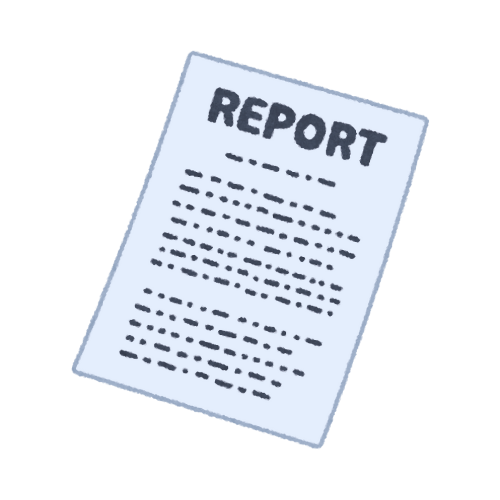Manufacturing Analysis
Dataset Link
📌 Objective
The purpose of this dataset is to analyze the end-to-end manufacturing process for various products, evaluating factors such as cost, time efficiency, supplier performance, and profitability to inform strategic supply chain decisions.
📊 Dataset Fields
|
Column Name |
Data Type |
Description |
|
Product type |
String |
Category of the product, e.g., Haircare, Skincare. |
|
SKU |
String |
Unique Stock Keeping Unit for each product. |
|
Price |
Float |
Selling price per unit of the product. |
|
Availability |
Integer |
Number of units available at the store or warehouse. |
|
Number of products sold |
Integer |
Total units sold during the observed period. |
|
Revenue generated |
Float |
Total revenue = Price × Units Sold. |
|
Customer demographics |
String |
Demographic information about buyers (Male, Female, Non-binary, Unknown). |
|
Stock levels |
Integer |
Current inventory levels. |
|
Lead times |
Integer |
Days taken from order to arrival of goods. |
|
Order quantities |
Integer |
Units ordered from supplier. |
|
Shipping times |
Integer |
Time taken for product shipment (days). |
|
Shipping carriers |
String |
Name of shipping carrier (e.g., Carrier A, B). |
|
Shipping costs |
Float |
Shipping cost per order/unit. |
|
Supplier name |
String |
Name of the supplier. |
|
Location |
String |
Geographic location of the supplier. |
|
Lead time |
Integer |
Supplier-specific delivery lead time. |
|
Production volumes |
Integer |
Total units manufactured in the cycle. |
|
Manufacturing lead time |
Integer |
Days required to manufacture the product. |
|
Manufacturing costs |
Float |
Cost to manufacture one unit of the product. |
|
Inspection results |
String |
Result of quality inspection (Pending, Pass, Fail). |
|
Defect rates |
Float (0-1) |
Proportion of defective items in manufacturing. |
|
Transportation modes |
String |
Mode of transport used (e.g., Road, Air). |
|
Routes |
String |
Route identifier used for logistics. |
|
Costs |
Float |
Transportation cost associated with the route. |
🔢 Key Calculated Metrics
- Total Lead Time
Lead time + Manufacturing lead time
➤ Represents end-to-end time taken from order to availability.
- Profit per Unit
Price - Manufacturing costs
➤ Reflects direct unit-level profit before logistics, marketing, etc.
- Profit Margin (%)
(Profit per Unit / Price) × 100
➤ Indicates pricing efficiency relative to manufacturing cost.
- Efficiency Score
Production volumes / Total Lead Time
➤ Measures productivity; higher values indicate more efficient production.
📈 Use Cases
- Identifying inefficient SKUs and suppliers.
- Improving cost margins through optimal shipping or supplier choice.
- Predicting stockout risks by correlating lead times and demand.
- Prioritizing high-efficiency products for promotional campaigns.
Google Collab: Manufacturing Analysis

